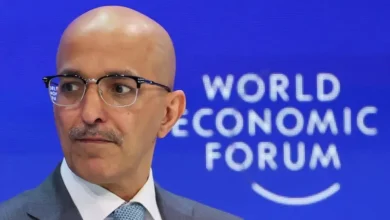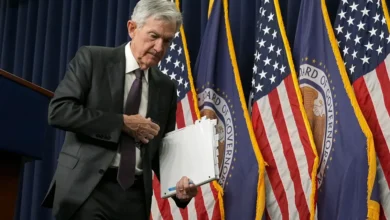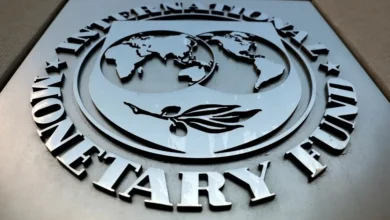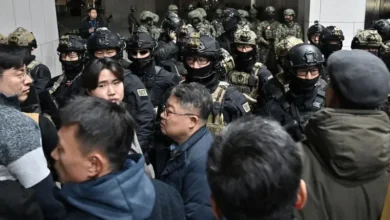Soaring prices on Shein, Temu show Trump’s tariffs hitting US shoppers hard

US President Donald Trump says China will likely bear the brunt of his 145 percent tariff on the world’s second-largest economy. But prices from some of the most popular sellers of made-in-China goods already suggest US shoppers will be paying a major portion of the bill.
A swathe of products on e-commerce giants like Temu and Shein Group Ltd. have seen prices soar in the US, with a set of kitchen towels setting the outer limit with a 377 percent jump.
Discount retail app Temu is passing on nearly all of Trump’s new import taxes to US customers if they buy products directly shipped from China, with the cost of some products nearly doubling.
At rival Shein, the average price for the top 100 products in each of two key categories — toys and games, and beauty and health — jumped by more than 40 percent as of April 29 from two weeks prior. Average prices for home and kitchen items were up more than 20 percent, while women’s clothing rose 9 percent.
While Trump and his advisors have argued that short-term pain is merited to bring back manufacturing to the US, prices when more goods are made in America will also be more expensive, said Justin Lin Yifu, a former World Bank chief economist who has advised China’s top leaders.
“Even if production capacity is established after two or three years, the price of production will likely be higher than the price of imports,” Lin told a conference in Beijing in April. “During this time, the prices of goods will be very high, and supply will not be sufficient.”
Shein and PDD Holdings Inc.-owned Temu didn’t immediately respond to requests for comment on Wednesday.
‘Very High’ Prices
Trump enacted levies in an attempt to force Beijing to seek a trade deal that would slash the trade deficit between the two countries, and reiterated this week that he expects China to “eat” the tariffs. While he denied there would be difficult times ahead for American shoppers, US consumer confidence dropped to a five-year low in April.
The evidence is also mounting that consumer inflation has set in and will only grow.
“We’ve started to see Chinese online exporters raise retail prices on Amazon and Walmart by as much as 30 percent since earlier this month,” said Wang Xin, head of the Shenzhen Cross-Border E-Commerce Association, which represents some 3,000 exporters. “The price hikes are natural as no one can get through this level of tariff with their old pricing.”
Major US retailers haven’t yet raised the prices of goods on shelves. But they’re caught in a bind, as Chinese suppliers refuse to absorb tariffs and uncertainty mounts over how long the extra levies will be in place.
Companies like Walmart and Target Corp. could also come under political pressure to absorb some — if not all — of the cost increases, which could help cushion the direct impact on shoppers.
The example of Amazon — which said on Tuesday that it wouldn’t display the cost of US tariffs on products, after the White House slammed the reported move and Trump complained to Jeff Bezos — underscores the difficult position US consumer retailers are in. If they don’t pass on cost increases, profit margins will narrow and become a drag on their stock price.
For the first time in more than 10 years, Walmart Inc. recently asked one of its Christmas ornament factories in Zhejiang province to leave price stickers off items. The factory’s vice president, Barry Shan, said Wednesday that the factory wasn’t bearing any of the tariff costs, and that Walmart’s request to drop the stickers still stood.
Meanwhile, Dennis Zhu, co-founder of HCMobi Ltd., which sells swimming earphones, said he hadn’t raised prices yet as his warehouse in Los Angeles currently holds about a month of stock. But he plans to add the increased duties to retail rates for consumers after his next shipment.
“As a retailer, we will not endure the tariffs ourselves,” he said.
Merchants in general still have one to two months of inventory, and how the prices will increase depends on the tariff policies when they make their next shipments, said Xiaoyan Wang, an e-commerce analyst at 86 Research in Shanghai.
“Merchants will choose to increase prices first, and see how the sales go and adjust,” she said.










